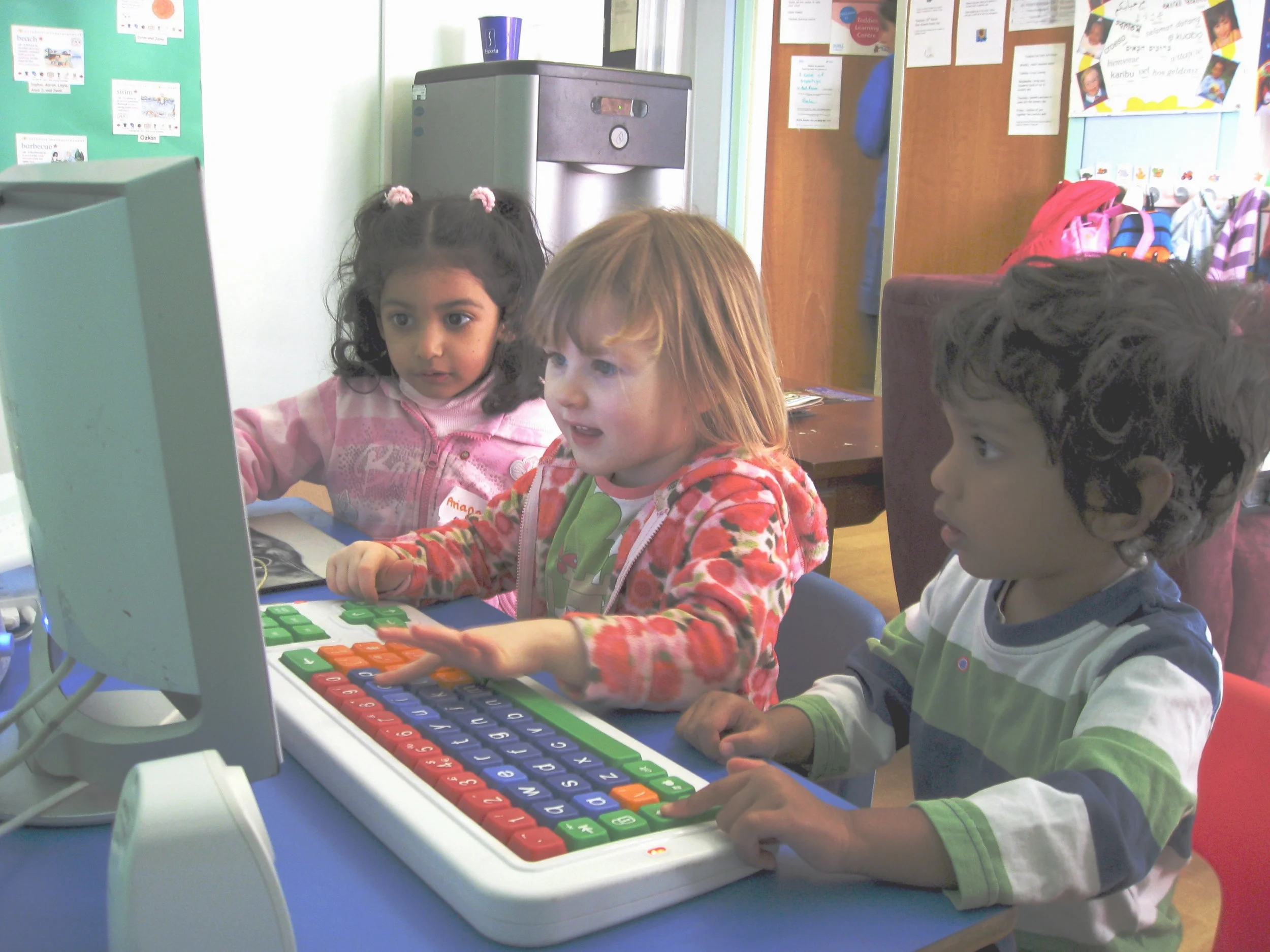By Angela Anderson, M.Ed.
This report set forth to gain a comprehensive understanding of the academic, behavioral, and social-emotional effects of after-school programs for K-12 students of low socioeconomic status. The research succeeded to gather four main themes as reoccurring consensus concluded that student participation in after-school programs is largely associated with better behavior in school, better grades, better emotional adjustment, and better peer relations than students that don’t participate in after-school programs. Furthermore, it is apparent that these benefits appear most prevalent for students of low socioeconomic status and thus serve as a viable solution in bridging the education achievement gap.
BEHAVIOR
There is some evidence that determines after-school programs have a significant positive effect on the behavior of their enrolled students. Roth, Malone, and Brooks-Gun (2010) ran a participation based analyses that students that measured the attendance and engagement of students in the program and found that students that both attend and engage regularly are more likely to show behavioral improvements compared to students who don’t attend or engage in the program. When students leave school and are not in these programs, they would most likely spend their time participating in unstructured activities such as hanging out around the neighborhood or watching television and playing video games.
Many educators are concerned that too many children are left on their own after school, leading to unproductive time use and risky behavior. The time immediately after school can be particularly risky, especially if a child is not in the care of an adult. According to recent FBI crime statistics, 47% of juvenile violent crime occurs on weekdays between 2 p.m. and 8 p.m., (Cornelli-Sanderson & Richards, 2010). It has also been found that participation in after-school care was a protective factor for fifth and sixth-graders who were at-risk for substance abuse, (Sarampote, Basset, & Winsler; 2004). Needless to say, educators see a need for more adult supervision
As female participation in the labor force continues to grow in the U.S., so too does reliance on non-parental childcare services. However, the high cost of childcare has impeded the ability of many working families from accessing this resource. In her article, Home Alone: Supervision After-school and Child Behavior, Aizer points out that most recent estimations indicate that over eight million children ages five to fourteen spent time without adult supervision on a regular basis in the U.S., (2002). In her study, Aizer examines the effects that lack of adult supervision after school has on a panel of school-age children using ordinary least squares and fixed effect estimation. She finds that children with adult supervision are less likely to skip school, use alcohol or marijuana, steal something, or hurt someone (2002). These findings suggest that expanding after-school programs may have important consequences for human capital development and labor market outcomes later in life.
GRADES
Perhaps the main focus in after-school research, student academics – particularly for students of low socioeconomic status – have shown through numerous studies to improve with the participation of after-school programs when compared to peers who don’t participate, (Cornelli-Sanderson & Richards, 2010; Halpern, 1999; Sarampote, Bassett, & Winsler, 2004). Another explanation for the striking benefits of after-school programs for low-income students is that the programs expose them to more learning opportunities than they would have in other types of after-school care, whereas higher-income students are more likely to experience new learning opportunities regardless of after-school enrollment, (with higher-income families better positioned to afford paying for enrollment in after-school activities; like music or sports lessons), (Sarampote, Bassett, & Winsler, 2004).
In a 2004 study on after-school curriculum, Walker and Arbreton classified the activities youth attended into five categories—education (homework help/ tutoring and education enrichment), arts and recreation, leadership, career, and health—that were then collapsed into education only, non-education only, or a combination of the two for the outcome analyses, (Roth, Malone, & Brooks-Gunn, 2010). The researchers found lower grades and test scores among program participants who attended only non-education activities, and highest grades and test scores among students who had a balance of both non-education and education only activities in their program, (Roth, Malone, & Brooks-Gunn, 2010). When interviewing students in their 2010 analysis of after-school effects, Cornelli-Sanderson and Richards determined that most students did recognize the need for more help with homework and suggest that designated time for homework help and tutoring during program can greatly also improve grades, (2010). A growing group of proponents view after-school programs primarily as a means to increase formal learning time, in order to help children who are not acquiring basic literacy and numeracy skills during the regular school day, (Halpern, 1999).
In After-School Programs for Low-Income Children: Promise and Challenges, Halpern argues for modest expectations of after-school programs for low-income children, commensurate with both their modest means (i.e., limited resources and largely nonprofessional workforce) and distinct role in children’s lives, (1999). Staff salaries are very low, so staff stability is minimal in many programs, and most frontline staff have little or no preparation for work with children or for designing engaging activities, (Halpern, 1999).
EMOTIONAL ADJUSTMENT
Not much research has been done on the emotional effects of after-school programs on students, but it was still found throughout this review that children enrolled and participating in after-school programs were proven less likely to experience emotional issues, as they were less likely to internalize their problems and more likely to develop greater socio-emotional awareness, which the authors explain is a function of the added time they spend interacting with their peers at these programs, (Roth, Malone, & Brooks-Gunn, 2010; Sarampote, Bassett, & Winsler, 2004). Moreover, many educators are concerned that growing numbers of children left on their own after school lead to feelings of loneliness and worry. Others, concerned about the loss of safe public space for children, see a need for protected spaces where children can play without fear of victimization, (Halpern, 1999).
PEER RELATIONS
The authors also suggest that another benefit, and maybe the most obvious one, to after-school programs is that they provide play time with peers that is less structured than the school atmosphere but that still has the supervision of adults. Throughout Cornelli-Sanderson and Richard’s youth survey results key factors were highlighted for youth engagement in after-school programming. These results indicated that the social component of after-school programming, in which youth have opportunities to spend time with friends and make new friends, is particularly salient for this age group, (Cornelli-Sanderson & Richards, 2010). In the early 2000s, a handful of studies explored the connection between participation in out-of-school-time activities and improved social competencies, (Fredericks & Eccles, 2006; Mahoney, Cairns, & Farmer, 2003; Morrissey & Werner-Wilson, 2005). The consistent participation in these activities led to improvements in peer relationships, sense of self-worth, altruism, and prosocial behavior, (Devaney, 2015).
CONCLUSION
While the benefits of after-school programs seem apparent, the largest difficulty in implementing after-school care programs is funding. Many after-school programs are operating at a subsistence level, and barely have the energy to keep themselves fully staffed week-in and week-out. Staffing issues are very apparent when pay scale for after-school care is minimal and the lack of technical assistance for programs means that staff must learn on the job with little to no training. Expected outcomes should remain modest just as programs work with modest means.
Quality of after-school curriculum is important, and after-school care programs should meet federally mandated standards to guarantee an appropriate balance of academic and recreational curriculum is provided to students. These standards should consider the age and developmental stages of children to ensure that these programs provide appropriate care. For example, programs for younger children would involve more structure while programs for older children would offer more variety and individual choice in activities. These findings also lend support to current efforts to increase participation and engagement. Afterschool programs have a harder time recruiting and retaining youth as they move from elementary to middle school. The findings from this review suggest that increasing young adolescents’ attendance, while difficult, could be worthwhile as school-day attendance is necessary for academic gains. One suggested strategy for improving the attendance of middle and high school age students is to offer flexible attendance options, such as signing up for certain days or time, or to allow youth to attend on a drop-in basis.
REFERENCES
Aizer, A. (2002). Home Alone: Supervision after School and Child Behavior. Labor: Demographics & Economics of the Family.
Cornelli Sanderson, R., & Richards, M.H. (2010). The After-School Needs and Resources of a Low-Income Urban Community: Surveying Youth and Parents for Community Change. American Journal of Community Psychology, 45, 430-440.
Devaney, E. (2015). Supporting Social and Emotional Development through Quality Afterschool Programs. Beyond the Bell: Research to Practice in the Afterschool and Expanded Learning Field. American Institutes for Research.
Fredericks, J. A., & Eccles, J. S. (2006). Is extracurricular activity participation associated with beneficial outcomes? Concurrent and longitudinal relations. Developmental Psychology, 42, 698–713
Halpern, R. (1999). After-School Programs for Low-Income Children: Promise and Challenges. The Future of Children, 9(2), 81–95. https://doi.org/10.2307/1602708
Mahoney, J. L., Cairns, B. D., & Farmer, T. (2003). Promoting interpersonal competence and educational success through extracurricular activity participation. Journal of Educational Psychology, 95, 409– 418
Morrissey, K. M., & Werner-Wilson, R. J. (2005). The relationship between out-of-school activities and positive youth development: An investigation of the influences of communities and families. Adolescence, 40, 67–85.
Roth, J. L., Malone, L. M., & Brooks-Gunn, J. (2010). Does the amount of participation in afterschool programs relate to developmental outcomes? A review of the literature. American journal of community psychology, 45(3-4), 310–324. https://doi.org/10.1007/s10464-010-9303-3
Sarampote, N.C., Bassett, H.H., & Winsler, A. (2004). After-School Care: Child Outcomes and Recommendations for Research and Policy. Child and Youth Care Forum, 33, 329-348.




















Over time, restorative justice evolved from a focus on responding to harm and conflict to a focus on building a healthy school culture. A restorative school culture recognizes that people and their relationships with each other form the cornerstone of both safety and learning. Advocates for this approach argue that by practicing restorative justice, educators can reduce the domino effect between suspension and incarceration (interrupting the school-to-prison pipeline), and foster a more inclusive school climate …